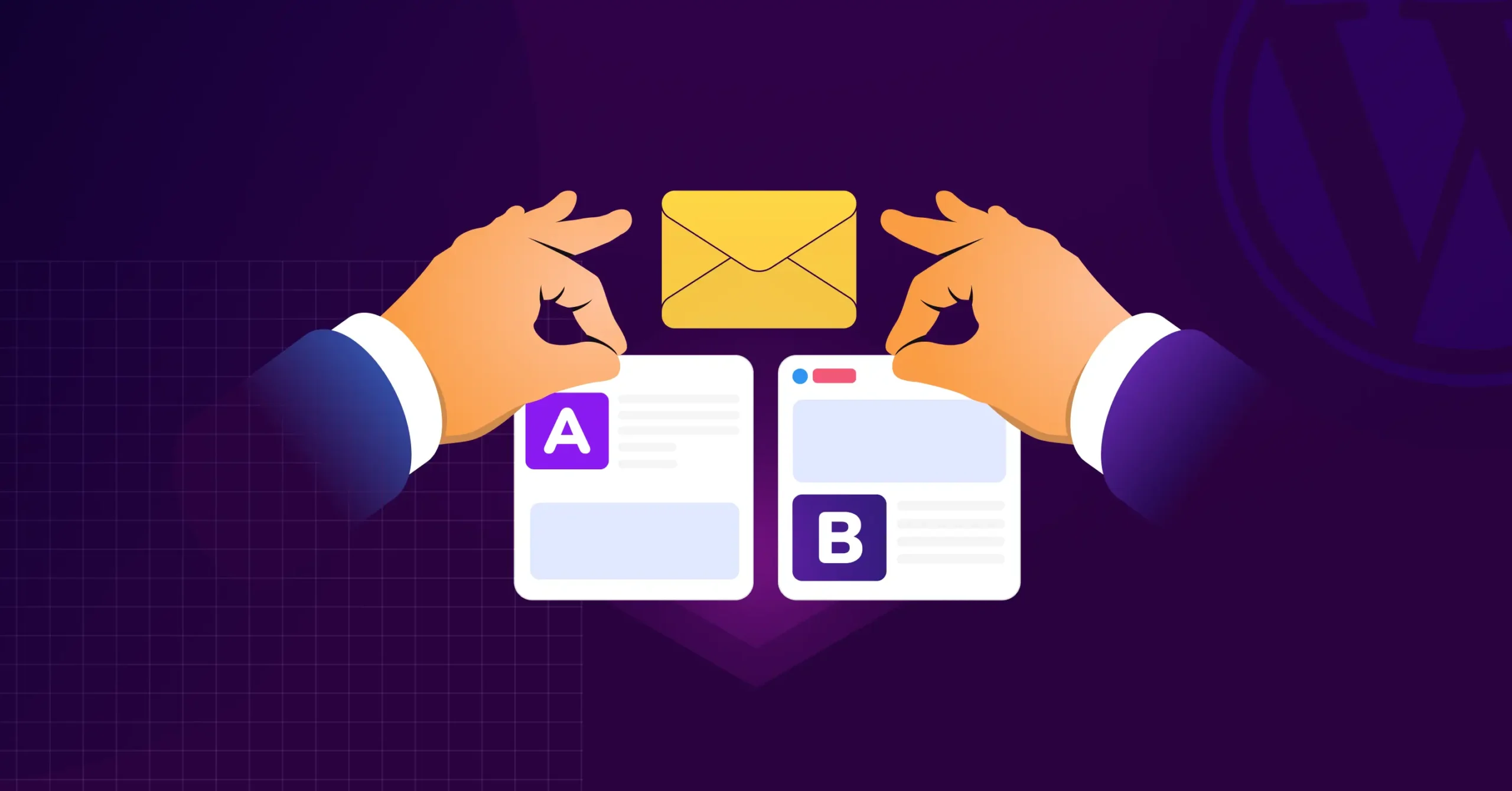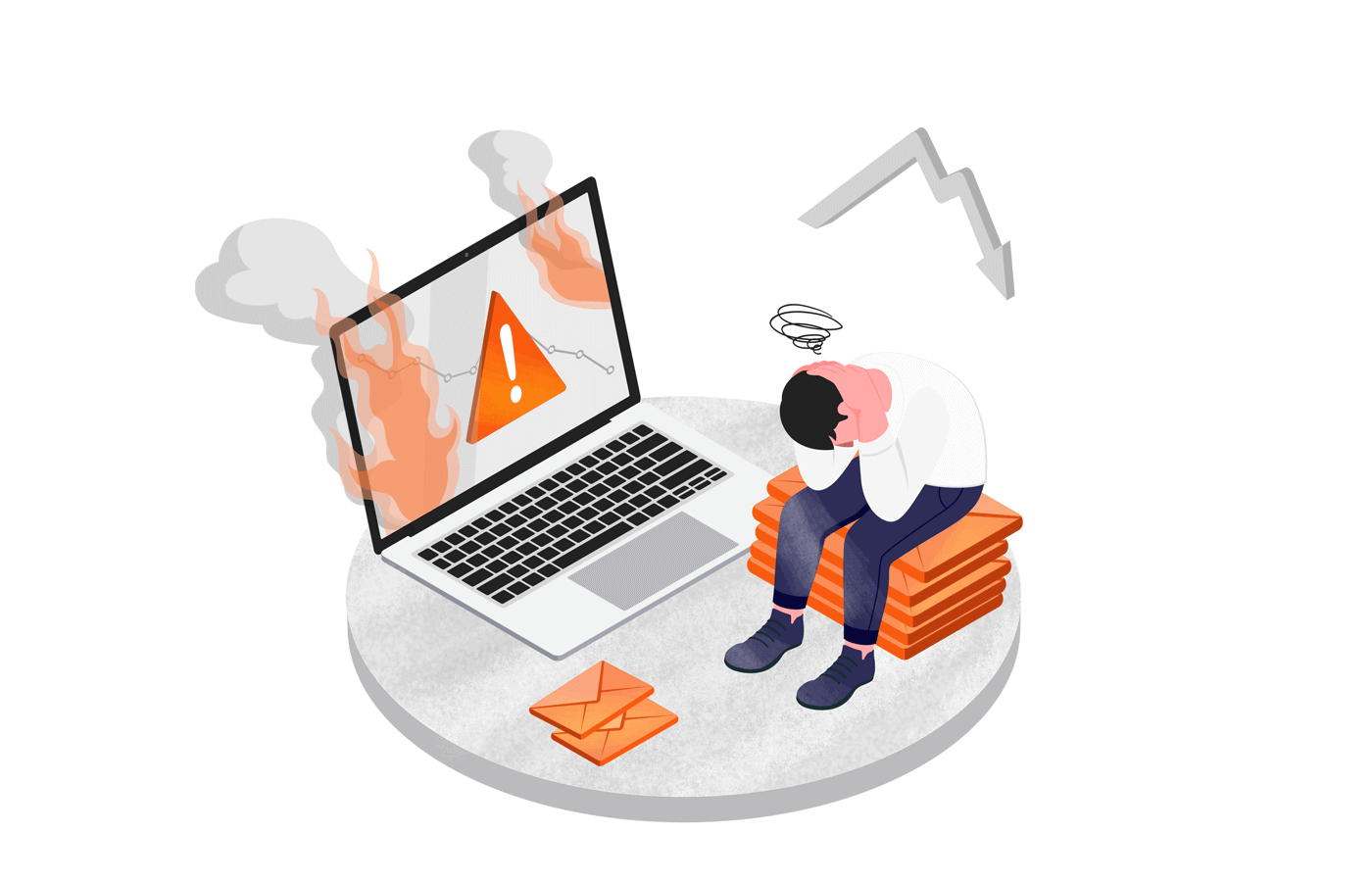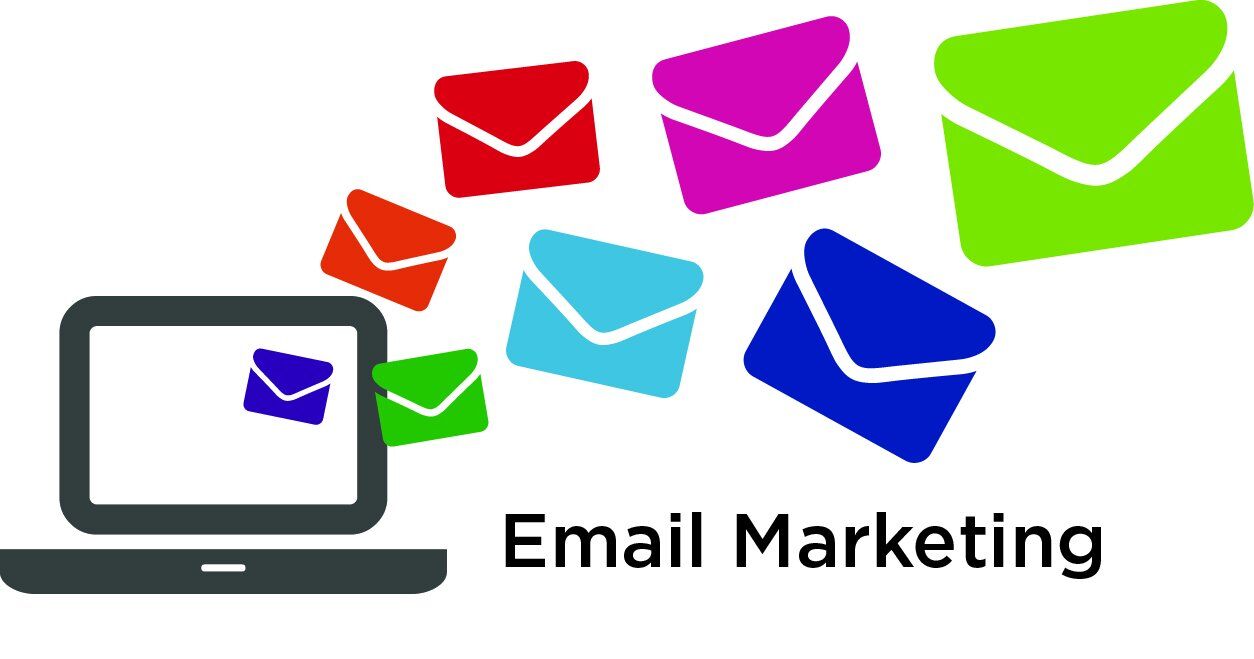In our previous discussion, we explored segmentation and automation. Now, let’s turn to the third pillar of effective email marketing: personalization.
Rockhouse’s Amanda Severs puts it simply—“Segmentation, marketing automation, and personalization are everything.” And she’s right. Personalization goes far beyond inserting a customer’s name. When used well, it transforms how recipients experience your brand.
Imagine a concertgoer named Sarah. Using Mailchimp’s subscriber activity reports, Rockhouse knows she enjoys punk shows, lives in Raleigh, N.C., and often attends events at Pour House Music Hall. So when a band like Rancid rolls into town, Amanda crafts an email that references Sarah’s name and past shows she’s attended.
Now, suppose Sarah opens the email but doesn’t purchase. A few days later, Rockhouse sends a follow-up campaign specifically for users like Sarah—those who showed interest but didn’t buy. This kind of personalization leads to consistent increases in incremental sales.
By monitoring behavior over time, Amanda continually adjusts her messaging to find that perfect mix that drives engagement.
Always be testing
To take their personalization strategy even further, Amanda and her team use A/B testing to fine-tune every element of a campaign.
They test:
- Placement of buttons like “Buy Tickets” at the top vs. bottom
- Wording differences such as “Buy Tickets Now” vs. “Get Tickets Today”
- Color variations in templates, like blue vs. red
Even small changes can have a measurable impact. In one case, they added emojis to subject lines—a tactic Amanda originally doubted. But testing proved her wrong: subject lines with emojis had open rates that were 20% higher. That’s how Rockhouse ensures their emails stand out in crowded inboxes.
Keeping your lists fresh
A personalized email is only as strong as the list it’s sent to. That’s why maintaining list health is a major part of Rockhouse’s strategy.
Mailchimp’s reports help Amanda monitor metrics like open rate, click rate, and unsubscribes. When a segment of the list becomes inactive, she builds a win-back campaign designed to re-engage those users. If they still don’t respond, it’s time to remove them from the list.
When onboarding new clients, Rockhouse uses Mailchimp’s data validation tool to evaluate subscriber quality. Each contact is graded from A to F. Amanda explains: “Those with an ‘A’ are healthy. Those with an ‘F’ you obviously don’t put on your list.”
By focusing on clean, relevant lists and deeply personalized content, Rockhouse continues to deliver campaigns that feel human—and drive measurable results.




